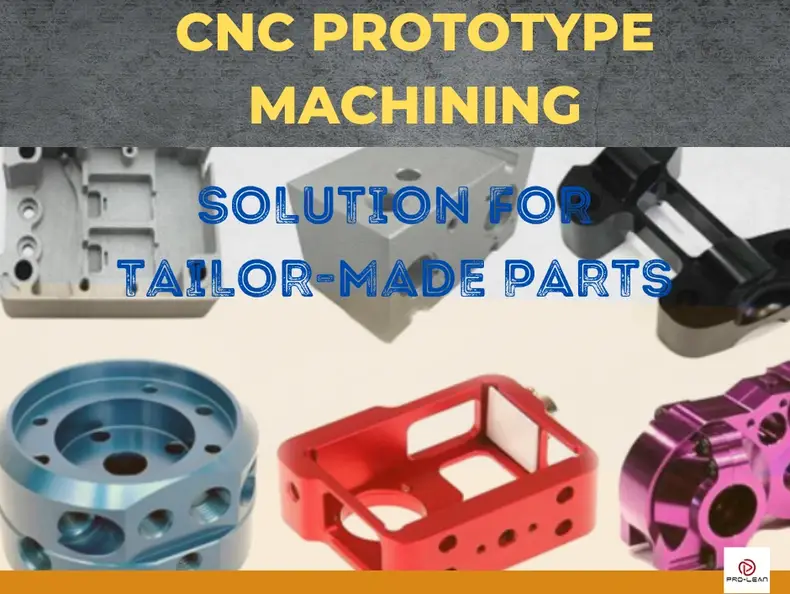
CNC prototype machining
Manufacturing processes have never been faster than today, all because of the big strides made in automation, lean production, and digital interventions. CNC prototype machining bridges the gap between ideation and production.
Optimizing prototypes is the goal of every part dealer to take a product to the market as fast and cost-efficiently as possible. CNC machining from a seasoned provider is the answer because it delivers high-quality precision parts as and when needed.
Your dealings in automotive, consumer electronics, aerospace, and other industries are flawless when you engage with ProleanTech for CNC prototype machined parts. Our vast experience dealing with over 100 materials, achieving superior tolerances, and guaranteeing product quality gives us a vantage position.
You may have questions regarding the meaning, relevance, and specific application areas of CNC prototype machining. That’s why we dedicated this article to this topic.
Please read on for details.
What Is A CNC Prototype?
A CNC prototype is a 3D model or product sample CNC-machined before manufacturing the final product. It is an important step towards full-scale manufacturing, showcasing the properties and qualities of the final product.
We could categorize a CNC prototype as “Looks Like”, “Works Like”, or “Looks Like and Works Like”.
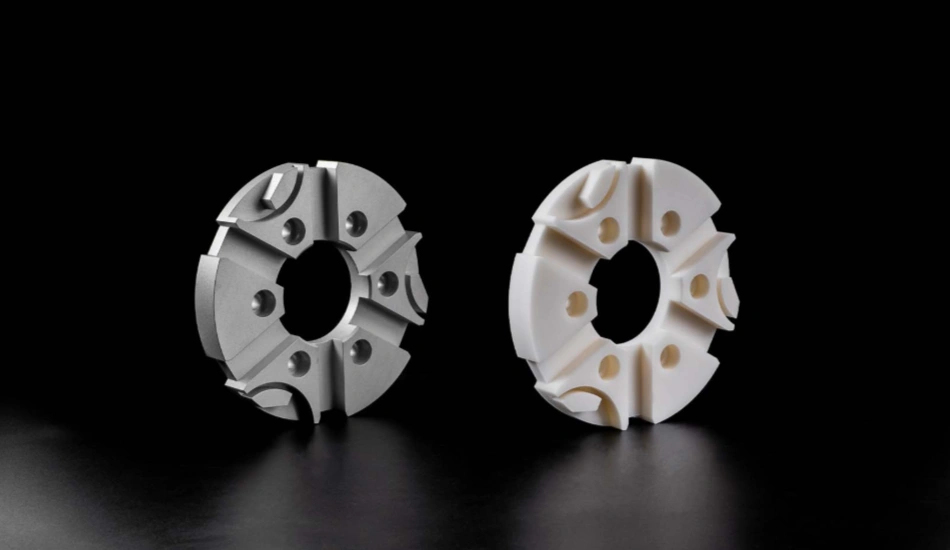
A CNC prototype with a replica product
A CNC prototype can be either a part of an assembly. A part prototype is a single item that shows an idea’s main qualities or properties. This physical object could represent a completely new product in the market. It could also be an improvement of an existing product.
A CNC assembly prototype combines several parts to form an idea. Some are simple with only a couple of parts, but there are more complex ones incorporating hundreds of parts.
Try Prolean Now!
The Steps in CNC Prototype Machining
Prototype machining from a professional provider is a systematic process with predictable steps. The steps include design & CAD modelling, material determination, CNC programming, CNC machining, and post-processing. Quality control completes the process.
Regardless of your industry, the product team should be conversant with these steps. That way, they can work with ProleanTech to ensure efficient processes without costly errors.
The steps in detail are;
Designing & CAD Modelling
We start the process by designing the custom part’s CAD model. Our engineers and design team are always keen to ensure every critical dimension and detail is added to the model.
Selecting The Ideal Prototype Material
Material selection for the CNC-machined prototype is the next step. Many factors inform this choice, including weight and thermal characteristics. A popular choice for prototype machining is aluminum, which often has a high strength-to-weight ratio.
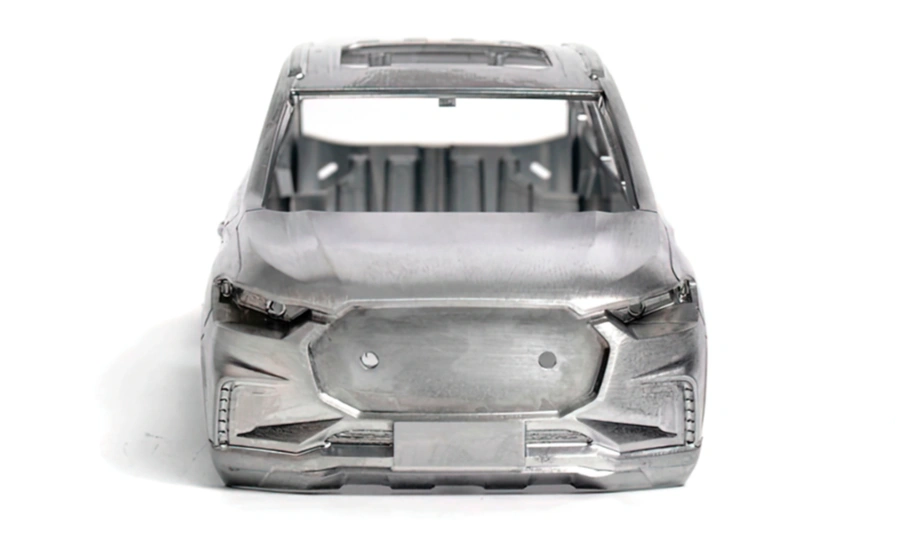
An aluminum CNC prototype
Steel is also strong and machinable, although it would result in heavier prototypes than aluminum. Collaborating with ProleanTech experts can ensure the performance and accuracy of parts based on the chosen metal.
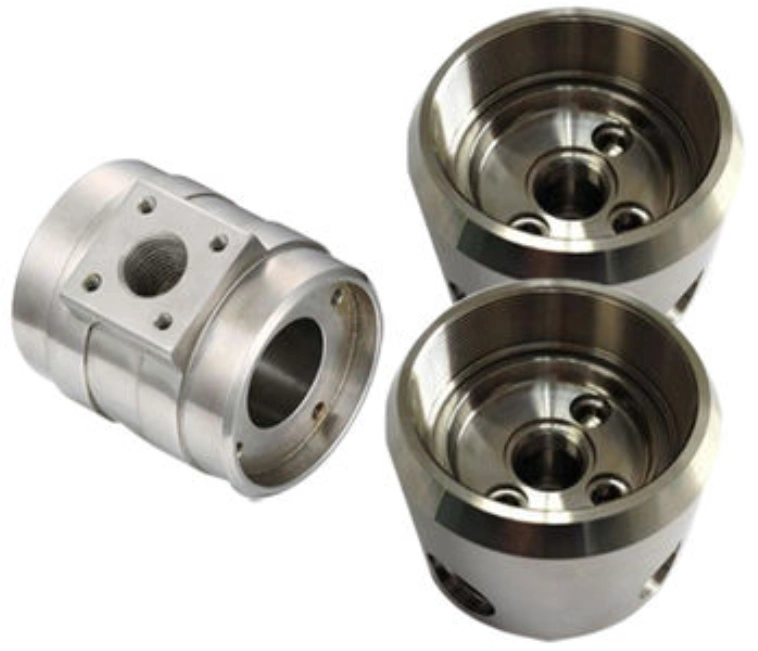
Steel prototypes
Some prototypes are made from plastic, where weight is a big element. Experienced CNC machining providers can deliver high-quality plastic prototypes because they know and have used the best plastics for CNC machining.
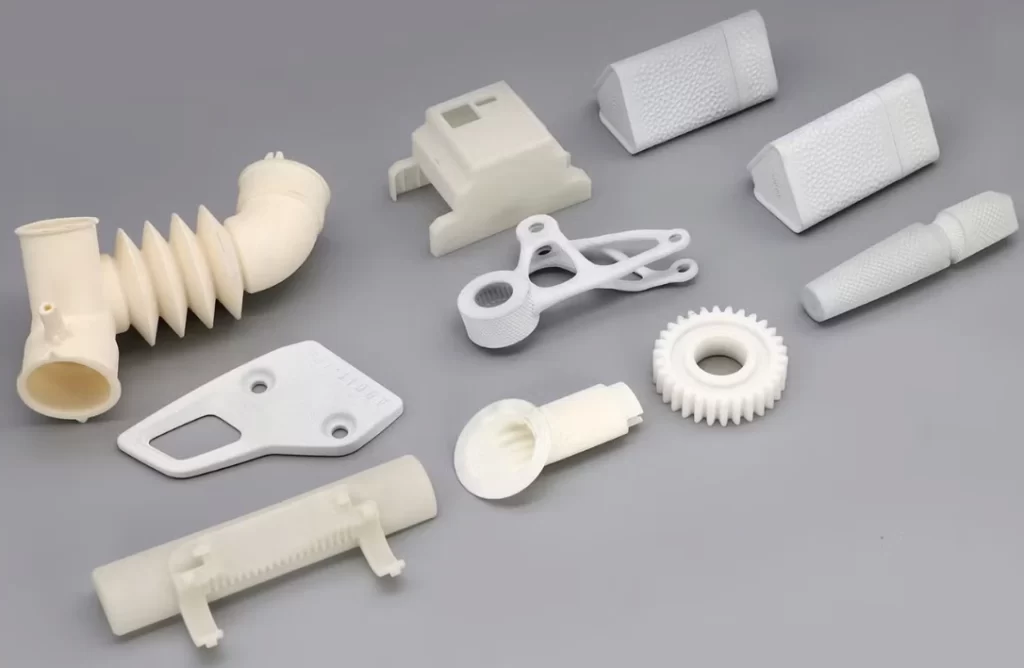
Plastic prototypes
Titanium is also a wonderful CNC prototype material for CNC machining, especially for its corrosion resistance and superior strength. If you are looking for advanced prototypes for your critical parts, ask our team how we can generate them from this low-density but strong material.
CNC Machine Setup
The next step is to prepare the CNC machine for prototype machining. The finalized design is sent to the CAM software, which generates a CNC program from the model. The CAM software helps in generating the toolpath that the CNC machine will follow.
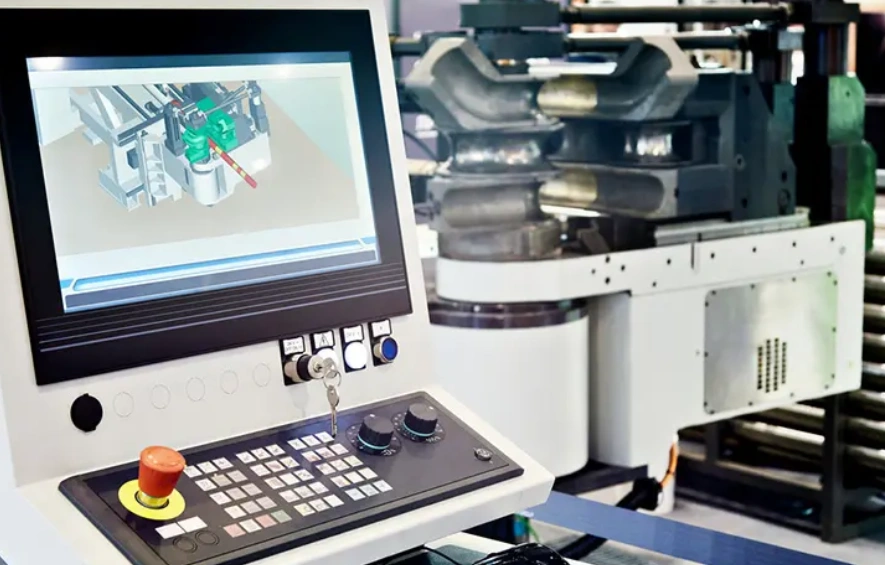
CAM software
This is where our expert CNC machinists ensure they have the right workpiece material, CNC machine cutting tools, and cutting parameters (feed rate and rotating speed).
CNC Machining
At the CNC machining stage, the chosen machine follows the program details to transform the workpiece into the predetermined prototype. The turning, drilling, shaping, and all other operations have been defined in the CNC program, so most of the work will now be done by the machine.
At ProleanTech, we have world-class 3, 4, or 5-axis CNC prototyping machines, which can all be used to manufacture prototypes. To learn more about these technologies, check out this analysis of 3-Axis vs 5-Axis CNC machining.
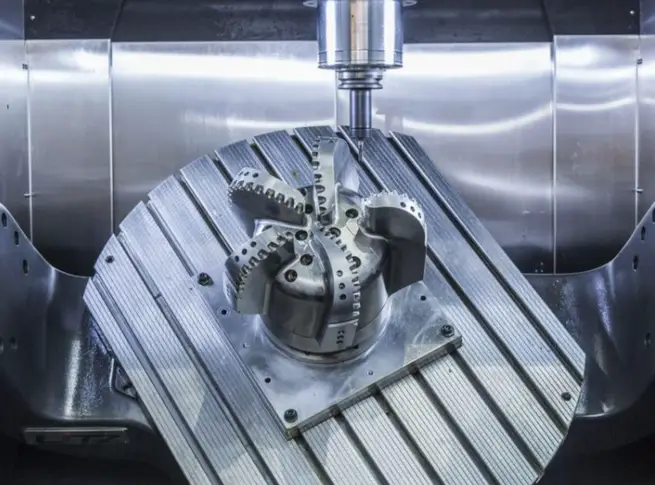
5-axis machining
With the toolpaths set, the machine cuts the workpiece according to the design. When the CNC machining step is complete, the prototype is almost ready. It only needs fine-tuning.
Post-processing
To finalize the prototype machining process, the team subjects the part to post-processing procedures to enhance functionality and aesthetics. The most popular finishes include painting and polishing.
Uses Of CNC-Machined Prototype Parts
CNC-machined prototype parts are ideal for testing the feasibility of products before full-scale production. Many industries rely on this process for safety, economic, and product functionality.
CNC-machined prototypes by ProleanTech are present in automotive, aerospace, consumer electronics, medical, and many other industries. The specific ways the prototypes enhance industrial processes are discussed below.
Automotive Industry
Rapid prototyping CNC is a common feature in the automotive design and development. CNC machining is a preferred method of developing the required prototypes for this industry.
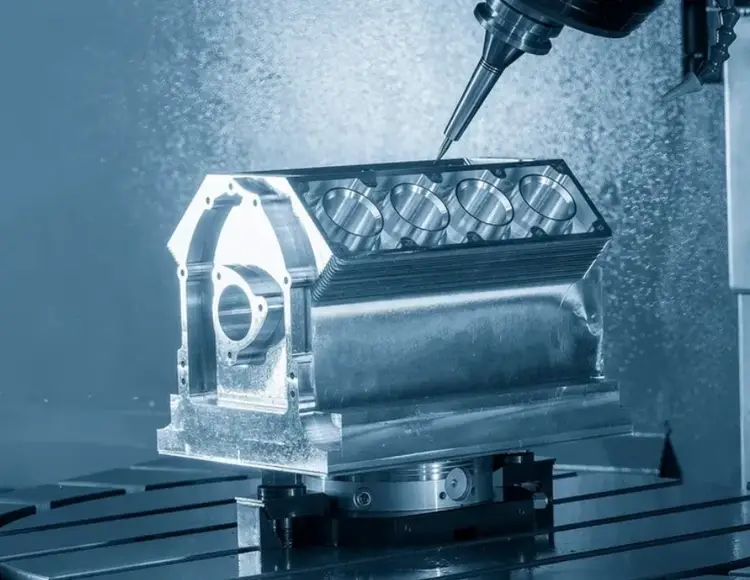
CNC prototype machining for the automotive industry
The capability of CNC processes to meet the tight tolerances and surface finish qualities required in automotive is the main selling point. Establish contact with our experts to collaborate for quality prototypes for the steering system, suspension system, engine components, and so on.
Aerospace Industry
The aerospace industry is another serious user of CNC prototype machining services to serve its rapidly advancing requirements. A big focus for the industry now is compliance with weight and reliability requirements.
Stakeholders in this critical space turn to CNC prototype machining services for the diversity of materials and designs. Prototypes are available for structural components, engine parts, and more.
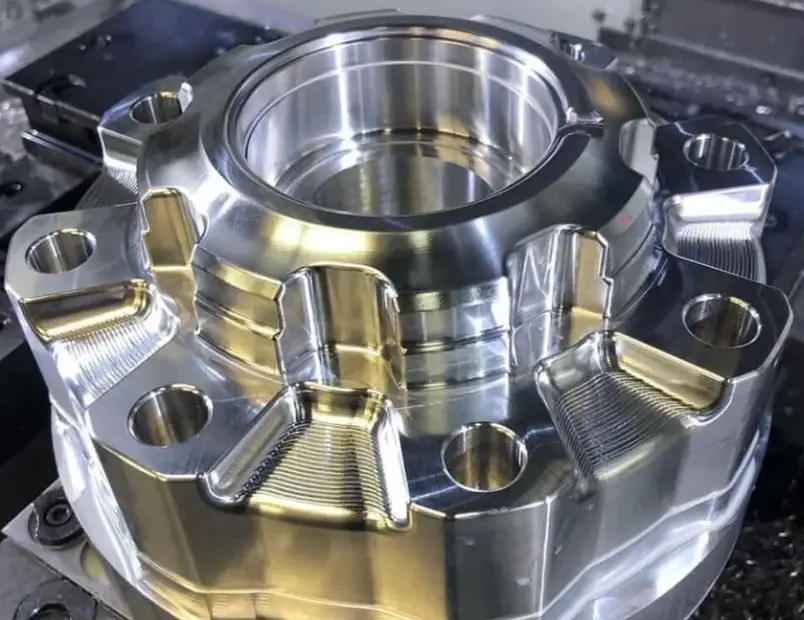
Aerospace CNC prototype
In our complete guide of CNC turning process, you will find some reasons why aerospace and other industries value CNC machining processes.
Consumer Products
Businesses and entrepreneurs looking to bring their consumer products into the market can use CNC prototype machining services to improve their businesses. Whether you are looking for a functional prototype or a proof-of-concept prototype, you can engage the ProleanTech team and realize your results.
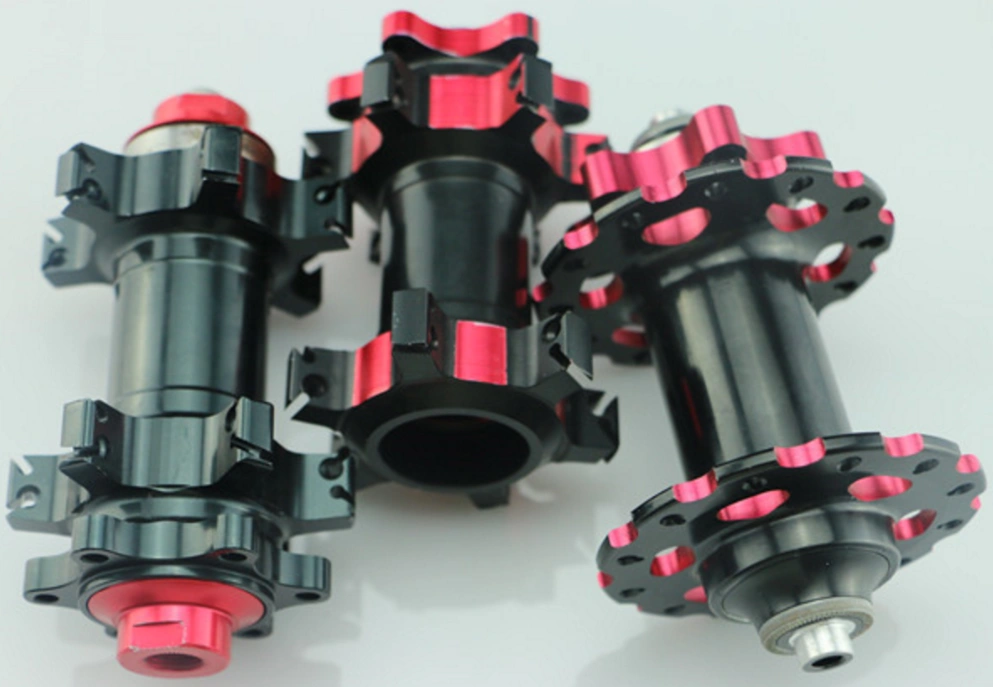
CNC prototypes for a bike
We are experienced in CNC machining for aluminum heat sinks, housings, and many other components. We know the complex nature of the journey from idea conception to successful manufacturing, and are willing to help every step of the way.
Medical Industry
Part precision and reliability are synonymous with medical equipment. Medical device manufacturers look to optimize costs, ensure safety, and comply with performance requirements of these parts.
There is no better way for that than prototype development through CNC machining. ProleanTech’s CNC machining services are available to produce excellent prototypes for your medical devices.
We are conversant with the various metals relevant to this sensitive industry. Survey our CNC lathe techniques and see how they can help produce prototypes for implants, surgical tools, and other parts.
Try Prolean Now!
Main CNC Prototype Machining Operations
The main prototype machining operations include CNC turning, CNC milling, CNC drilling, and surface finishing. ProleanTech expertly uses these operations to turn raw materials into precise parts for your prototype applications.
Product teams and design engineers can help achieve higher accuracies when they are sure which of these processes to use. Better still, letting experts handle the machining processes can be cost-effective and bring high-quality results.
CNC Turning
CNC machining service providers use CNC turning as one of the core operations of producing prototypes. The turning operation rotates a tightly held metal or plastic workpiece as a cutting tool removes material.
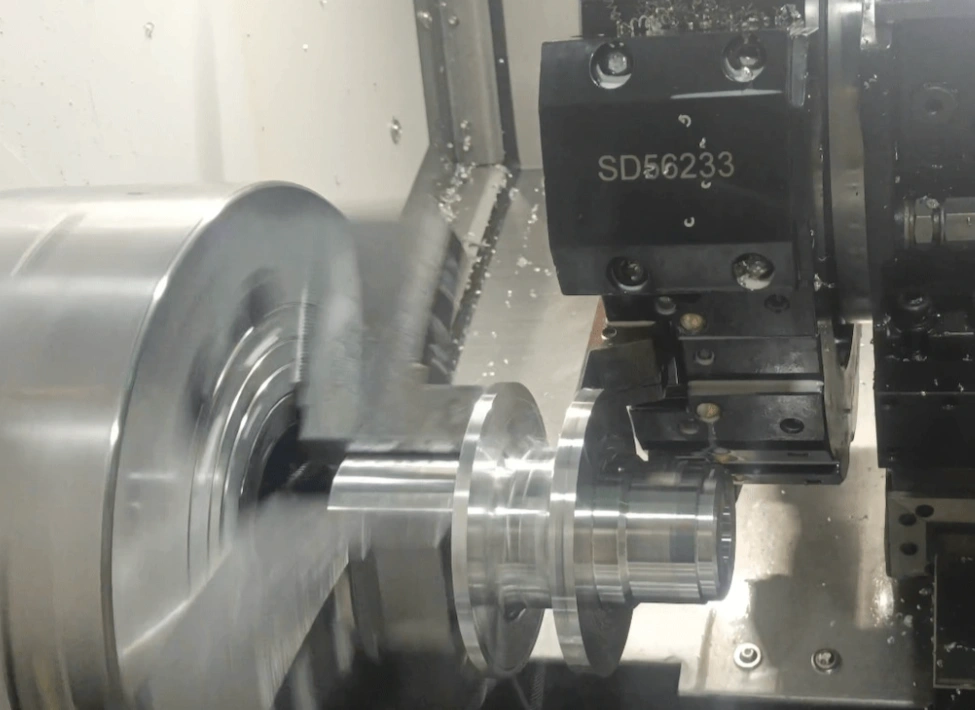
CNC turning
This operation is ideal for the production of bushings, shafts, and other components that actualize prototype production. We can also use the operation to generate tapers, slots, and threads.
Here are more insights about CNC turning: Turning In CNC Machining: Process, Types & Design Tips.
CNC Milling
For CNC milling, the workpiece is affixed to a worktable and the rotating cutting tool produces the required prototype shape, form, and size. The computer provides instructions that can move the cutting tool in multiple directions to produce the envisaged part.
CNC milling is extremely flexible, thus prominent in prototype machining. Go through this guide on CNC Milling vs CNC Turning: What Are the Differences? to learn more about the differences between turning and milling.
Multi-Axis Machining
When the desired prototype is complex, a multi-axis CNC machine comes in handy. For this one, more than three axes are available. Apart from producing complex designs, this machining technique can minimize material waste.
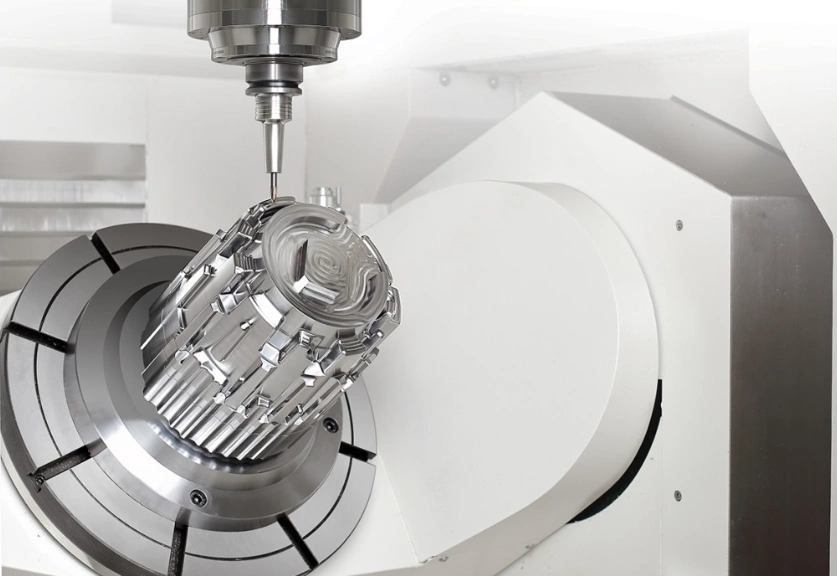
Multi- axis CNC machining
The Advantages And Limitations Of CNC Prototype Machining
CNC prototype machining has several benefits including manufacturing speed, repeatability, and precise parts. However, there are also drawbacks for proprietors and decision makers to consider, for instance, the cost implication.
You can liaise with ProleanTech to help you align project goals with the timelines and budget limitations.
Advantages Of CNC Prototype Machining
Some advantages that you are set to accrue from our prototype machining services are:
-
Versatility In Materials
Unlike alternatives such as 3D printing, CNC machining provides versatility of materials. ProleanTech works with different metals and nonmetals to help you achieve your prototyping requirements.
-
Flexibility Of Tooling
Prototype machining does not require fixed tooling, which is the case for some alternatives. Our CNC prototyping machines offer different dynamics, including tool turrets that hold many tools.
-
Tight Tolerances Of The CNC-Machined Prototypes
Our custom CNC machining service can attain tolerances of ±0.0002″ (0.005mm), which are instrumental in getting the exact specified prototypes.
The shortcomings to address for prototype machining are:
-
Relatively High Cost
As a subtractive process, CNC machining tends to be a relatively costly affair in prototype production. However, it is important to look at the longer-term advantage of this method. It generally provides good value for money.
Ask our team for a custom pricing estimate to see the economic sense of this technology.
-
Has Geometrical Limitations
CNC machining is limited in the type of features it can create. There are instances when 3D printing, for instance, is preferable.
-
Could Waste Material
As a subtractive manufacturing process, prototype machining generates material waste, which has an effect on cost. This is different from alternatives such as 3D, which are more predictable on the amount of material to use, hence less wasteful.
Bonus Point: When considering technologies for part manufacturing, high-volume production is not always the leading parameter. Accuracy, quality, and custom solutions are the mainstay of the best prototypes.
In relation to this point, you can read this: Why Small-batch CNC Machining is an Advantage for Your Business?
Parting Shot
Building a prototype demands attention to details and patience. Using a CNC machine for these parts has proven to be one of the most reliable approaches for aerospace, medical, automotive, and many other industries. It is precise, versatile, and supports small to large parts.
ProleanTech is your worthy partner for metal and nonmetal prototypes that advance your manufacturing efforts. Ask for our CNC Machining Services today and see your business reach the next level.
FAQs
How Much Does CNC Prototyping Cost?
The cost of CNC prototyping can vary widely because of the factors involved – CNC machine type, part complexity, material used, etc.
What Does A Prototype Machinist Do?
A prototype machinist refers to a design to produce prototypes using a CNC or manual machine. Often, the production is low-volume or even a single part.
What Is A Prototype Machine?
A prototype machine is any machine that helps manufacture initial parts or components before actual manufacture. It could be a manual or CNC machine.
Why Is It Called Prototype?
The word prototype has a Latin origin, derived from proto for original and typus for model. A component or part is called prototype because it is the first production, intended for testing before the actual manufacture.
How Much Is CNC Per Hour?
Again, the cost of CNC per hour is variable. It depends on the job complexity and material used, with less complex jobs with affordable materials costing less.
Are Prototypes Worth Money?
Yes, prototypes are worth the money and effort. Apart from validating a design, a prototype can secure investment. It also helps the owner avoid manufacturing errors that could result in huge losses.

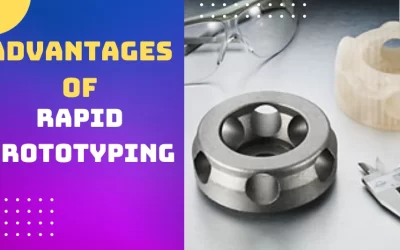

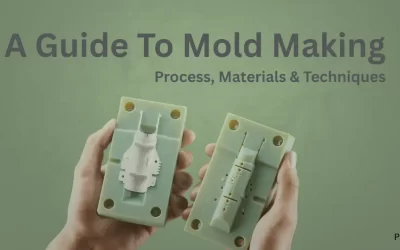
0 Comments